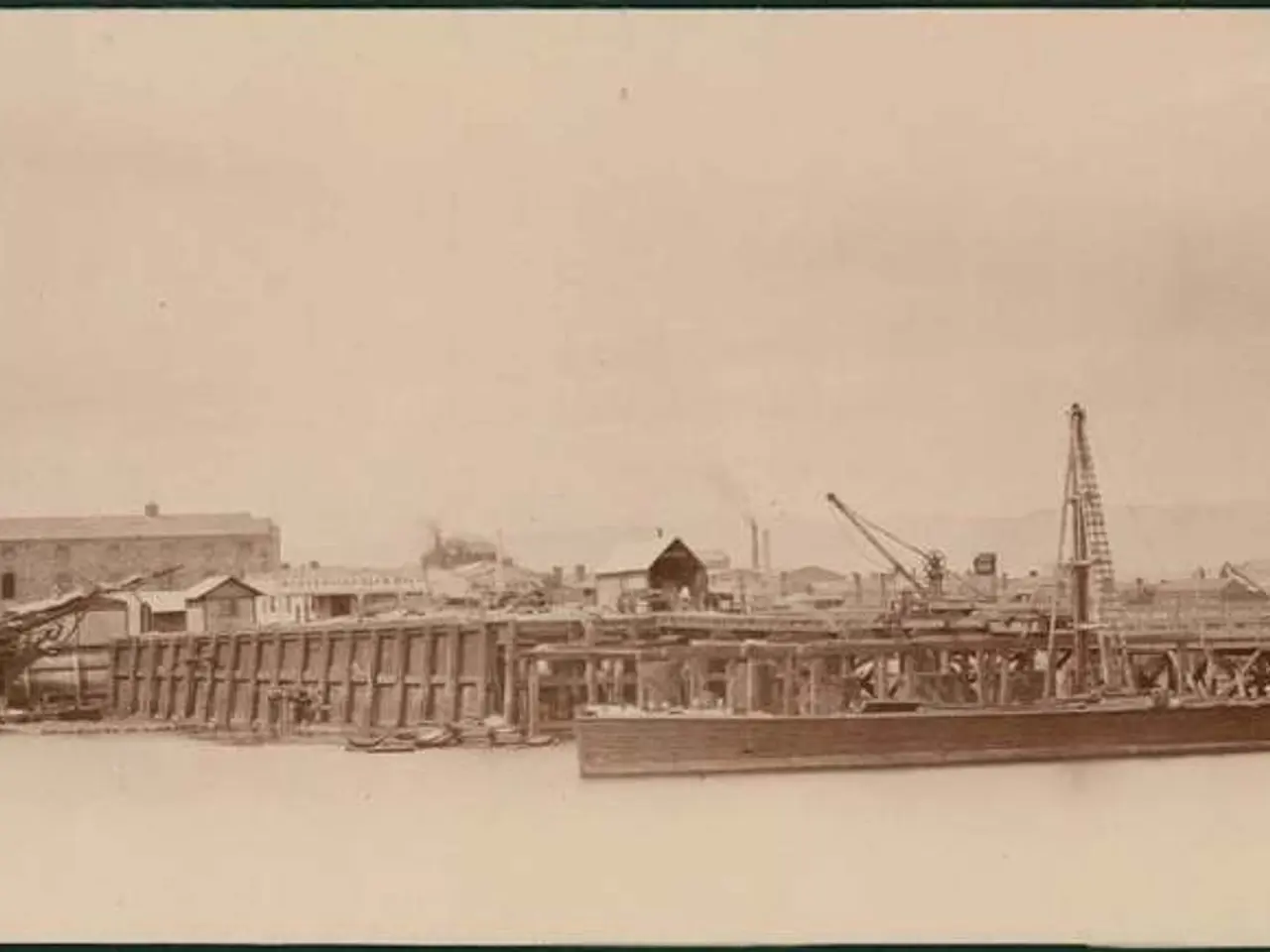Rising Seas Threaten Coastal Regions Worldwide
Sea levels are rising worldwide, with coastal regions and lower-lying areas facing significant challenges. While wealthy countries are better prepared, they too are affected. In Scandinavia, ports like Vaasa, Finland, and Bodø, Norway, are experiencing land rise, leaving them high and dry.
In Asia, cities such as Manila, Philippines, have seen a 40-centimeter increase over the past 30 years. Other hard-hit cities include Bangkok, Mumbai, Shanghai, and Jakarta, with rises ranging from 10 to 20 centimeters. Even wealthy regions like southern France and Japan are not immune, with Marseille and Borkum, Germany, experiencing increases of 10 and 6 centimeters respectively.
Since 1933, the British agency PSMSL has tracked tide levels at over 2000 locations worldwide. CORRECTIV has mapped 500 well-documented sites to show past and future sea level changes. Tide gauges have been read at monthly intervals to monitor these effects. Satellite-based measurements began in 1993.
By 2100, global sea levels are predicted to rise between 20 and 80 centimeters, and could reach several meters by 2200 or 2300. As climate change affects humanity unevenly, coastal areas and lower-lying regions must prepare for these rising seas and increased storm risks.
Read also:
- United States tariffs pose a threat to India, necessitating the recruitment of adept negotiators or strategists, similar to those who had influenced Trump's decisions.
- Weekly happenings in the German Federal Parliament (Bundestag)
- Massive 8.8 earthquake hits off the coast of Russia's Kamchatka Peninsula, prompting Japan to issue a tsunami alert.
- Court petitions to reverse established decision on same-sex marriage legalization





